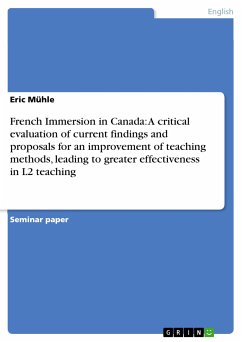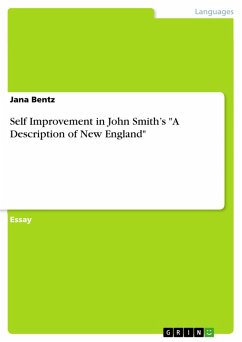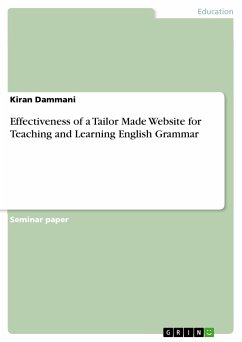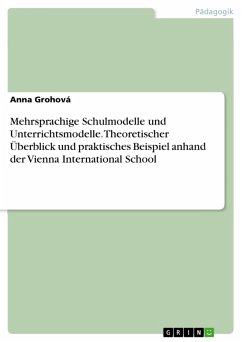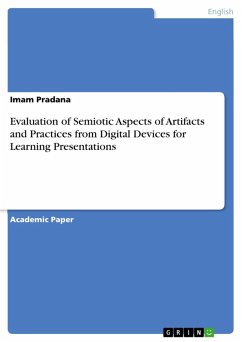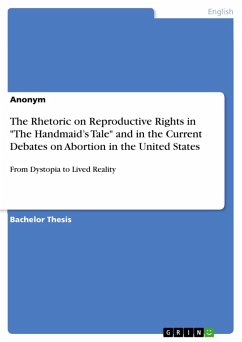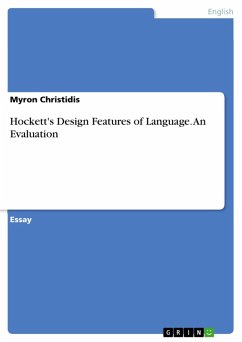Seminar paper from the year 2000 in the subject English Language and Literature Studies - Linguistics, grade: 2,0 (B), University of Duisburg-Essen (Institute for Foreign Language Philology - Anglistics/American Studies), course: Advanced Seminar: Bilingualism, language: English, abstract: Introduction French Immersion in Canada has long been considered as one of the most efficient programs to promote "real" bilingualism. A lot of research has been carried out in that field and mainly stated positive results for this special way of learning a second language. But if one goes deeper into the literature concerned with that subject, one encounters more and more critical voices doubting the proverbial effectiveness of these programs. This paper shall provide a critical evaluation of the findings, research provided in respect to the effectiveness of immersion programs in Canada. Furthermore, proposals for new teaching techniques, which shall make the immersion classroom more efficient, will be described and evaluated. At the beginning of this paper, a short introduction to immersion education is given, including a definition of the term "immersion" and a presentation of the key features of Canadian Immersion Education, followed by an abstract of the history of immersion education in chapter 2. The following section describes the conception of different types of immersion programs, along with findings concerning their effectiveness. This shall help the reader to gain a complete picture of the pros and cons of a specific type of program. The main part of this paper (chapter 4) starts with a critical evaluation of the results presented in previous chapters and tries to assess whether these programs are a suitable tool for the acquisition of native-like performance in a second language. Chapter 5 offers a selection of four different teaching methods which can make - if they are applied correctly - the immersion classroom more efficient. The paper concludes with a summary of the most important results, trying to provide a critical evaluation of immersion as such. [...]
Dieser Download kann aus rechtlichen Gründen nur mit Rechnungsadresse in A, B, BG, CY, CZ, D, DK, EW, E, FIN, F, GR, HR, H, IRL, I, LT, L, LR, M, NL, PL, P, R, S, SLO, SK ausgeliefert werden.

